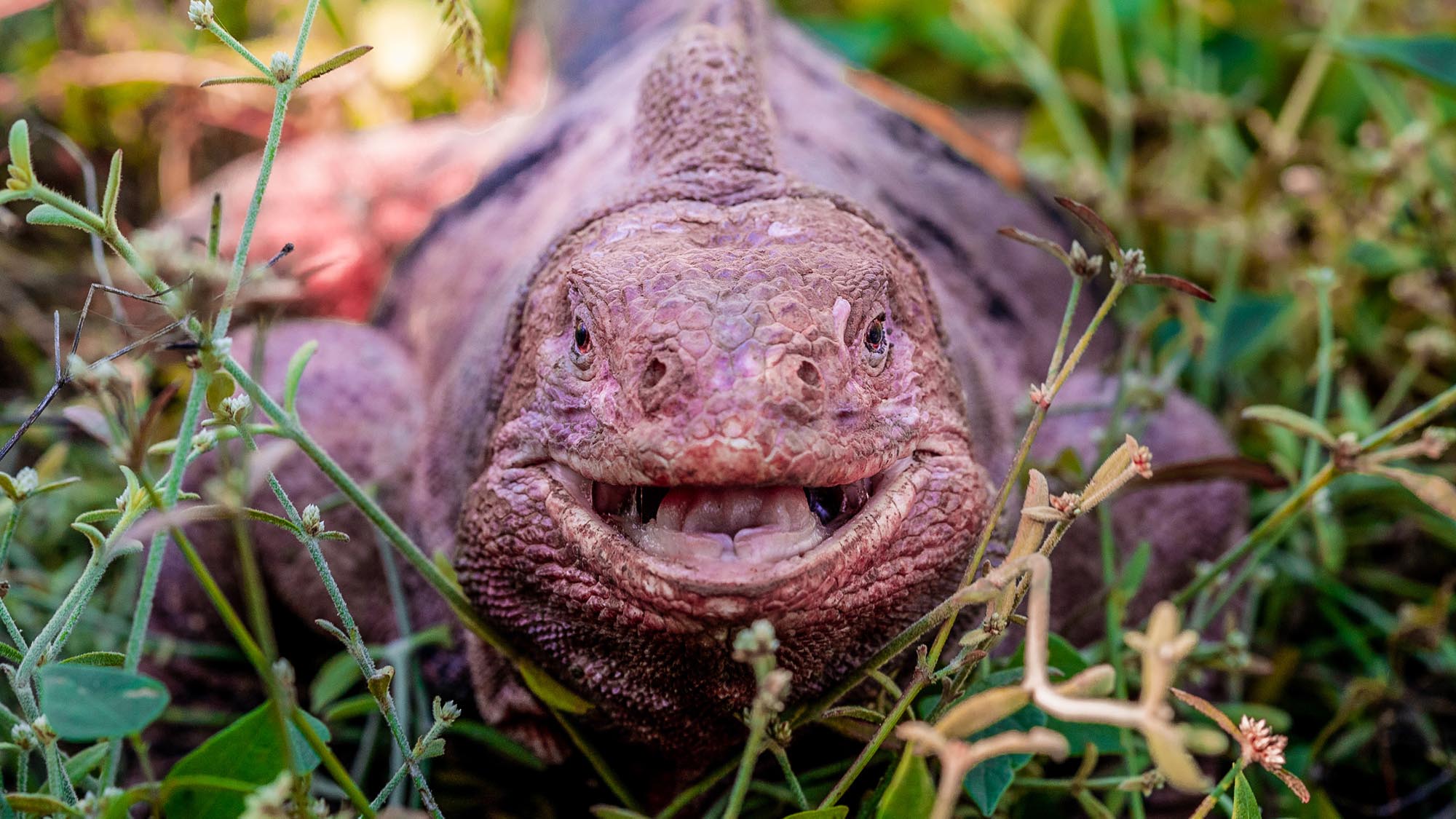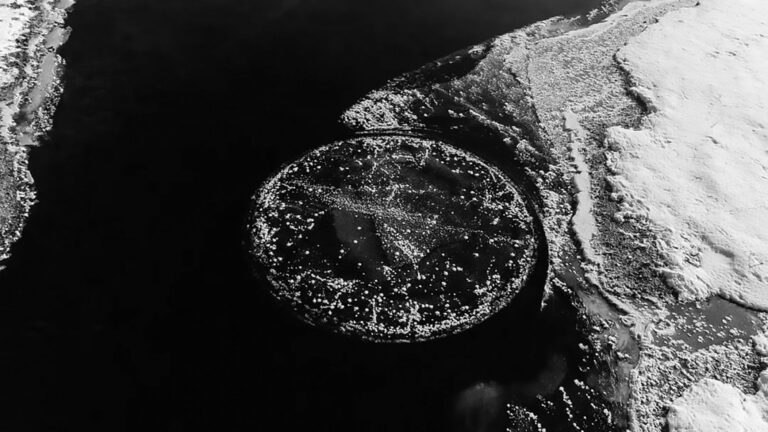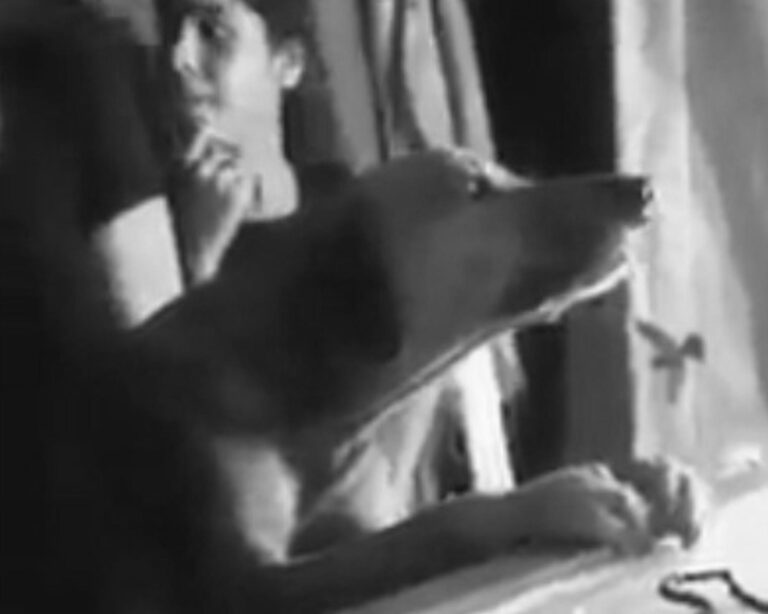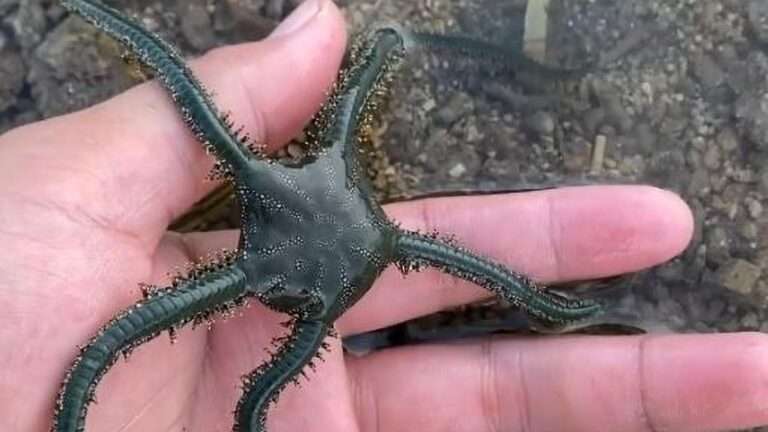Only 211 rare Pink Land Iguanas only found on a remote Galapagos volcanic island are left alive according to scientists monitoring the population, and even more worryingly, no juveniles were found as many of them are either eaten by rats before they hatch, or are hunted down while they are still young by feral cats.
This footage of a Pink Land Iguana’ burrow reveals an innocent-looking rat sat outside licking its claws, but in fact it’s these Iguana-egg eating rodents that are believed to have played a key role in driving the Pink Iguana to the brink of extinction.
The Galapagos Conservancy and the Galápagos National Park Directorate (GNPD) sent 30 scientists onto Isabela Island, the biggest island on the Galapagos archipelago to carry out a headcount of Pink Land Iguanas on Wolf Volcano the only habitat in the world the uniquely coloured lizards inhabit.
The Galapagos Conservancy said in a statement released recently that the researchers found that just 211 Pink Iguanas remained on Isabel Island meaning they are now on the precipice of extinction.
The Pink Land Iguana (Conolophus marthae) is native only to the 1000 acres of land on Wolf Volcano in the north of Isabela Island, the largest island in the Galapagos covering 4,586 square kilometres (1,771 sq mi).
The research team used a mark-recapture method during a 10-day expedition to get an accurate count of the number of Pink Land Iguanas left on Wolf Volcano.
The Galapagos Conservancy said that the fact that a juvenile Pink land iguana has not been documented on the island since 2014 only makes the incredibly low head-count of 211 even more concerning.
Researchers put forward the theory that the lack of juveniles is a result of rodents – such as the one seen in the footage – invading the burrows of Iguanas and eating their eggs before they hatch.
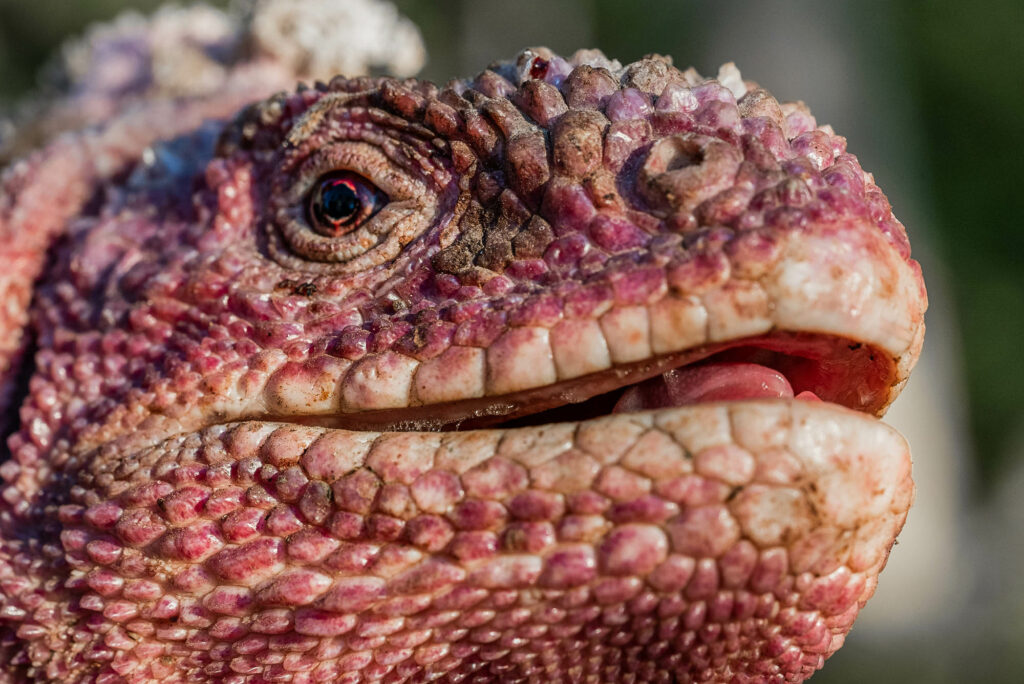
Close up shot of the face of one of the 211 Pink Land Iguanas on Isabela Island, the largest island of the Galapagos, 2021. 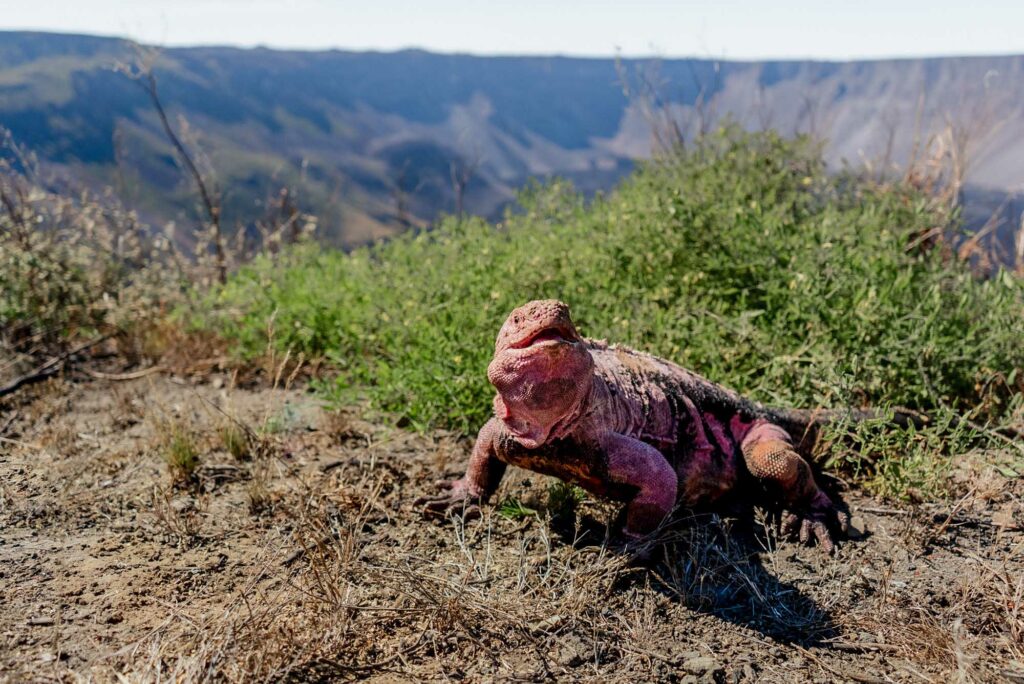
One of the 211 Pink Land Iguanas left on Isabela Island, Galapagos, 2021.
Prior to the 17th century when European traders and pirate ships introduced rats and cats to the Galapagos the islands the Iguanas only had one natural predator – the Galapagos hawk.
Many of the native species on the island including the Pink Iguana evolved in habitats where underground nests were not threatened by rodents or cats, but with the introduction of these new predators, the survival chances of young Iguanas has plummeted.
These ‘new’ predators are believed to have decimated the number of Pink iguanas as the rats find their way into burrows and eat the eggs before they hatch whilst feral cats hunt juvenile members of the species.
Danny Rueda, Galapagos Conservancy Director of Conservation Washington Tapia, said: “Saving the Pink Land Iguana has become an urgent conservation priority”
He added: “Given the presence of introduced predators and the lack of juveniles, as well as the limited geographic range of the species, the Pink Land Iguana is at risk of imminent extinction.”
The results of the expedition have promoted the GNPD to develop a conservation plan for the Pink Land Iguana.
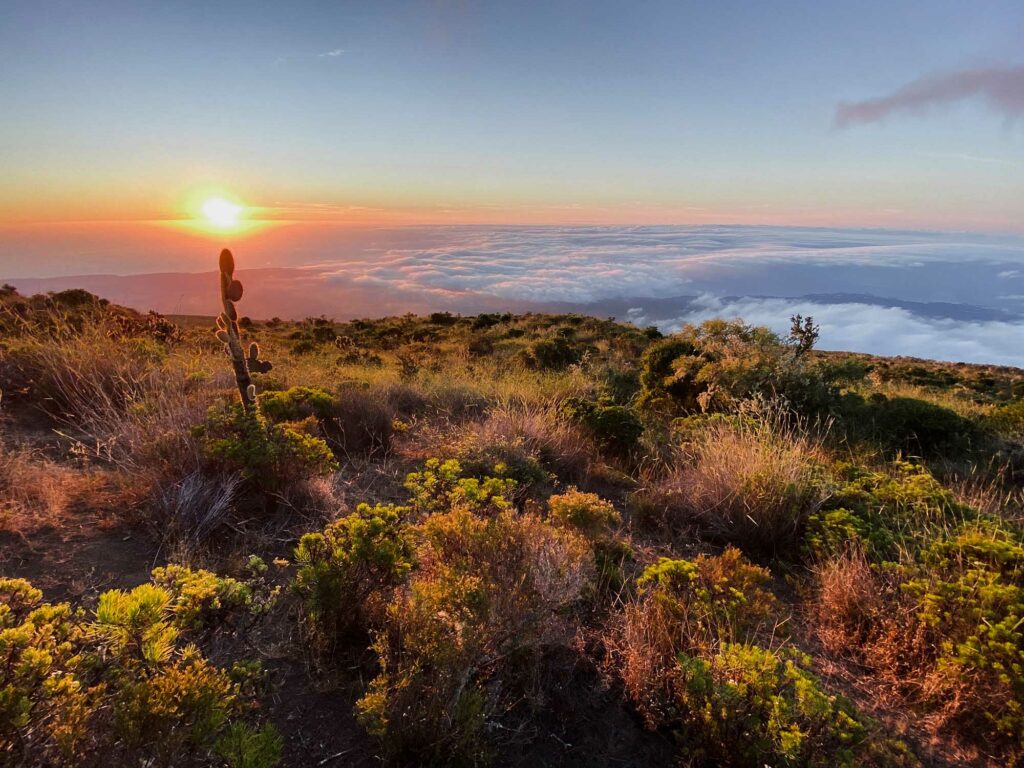
Stunning scenery on Isabela Island where researchers documented the last remaining Pink Land Iguanas, Galapagos, 2021. 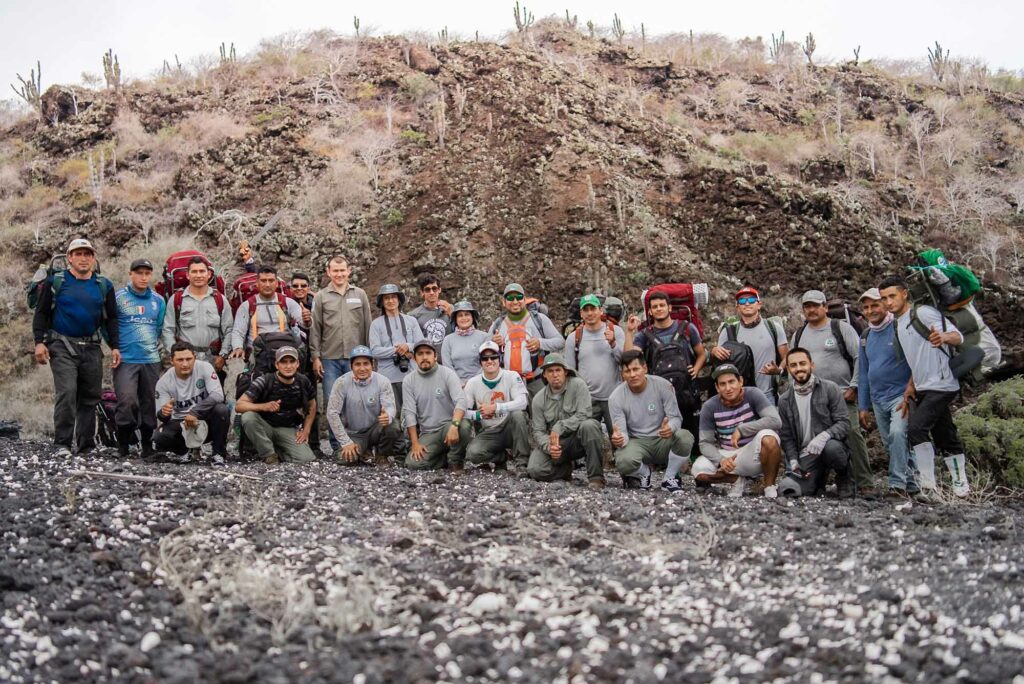
The research team from the Galapagos Conservancy and the Galapagos National Park Directorate (GNPD) on Isabela Island, Galapagos, 2021.
The GNPD is planning to run several workshops in the near future where a conservation plan will be developed and implemented as soon as possible.
The International Union for Conservation of Nature (IUCN) considers the Pink Land Iguana to be Critically Endangered meaning it is highly likely to go extinct in the near future.
The Ananova page is created by and dedicated to professional, independent freelance journalists. It is a place for us to showcase our work. When our news is sold to our media partners, we will include the link here.

